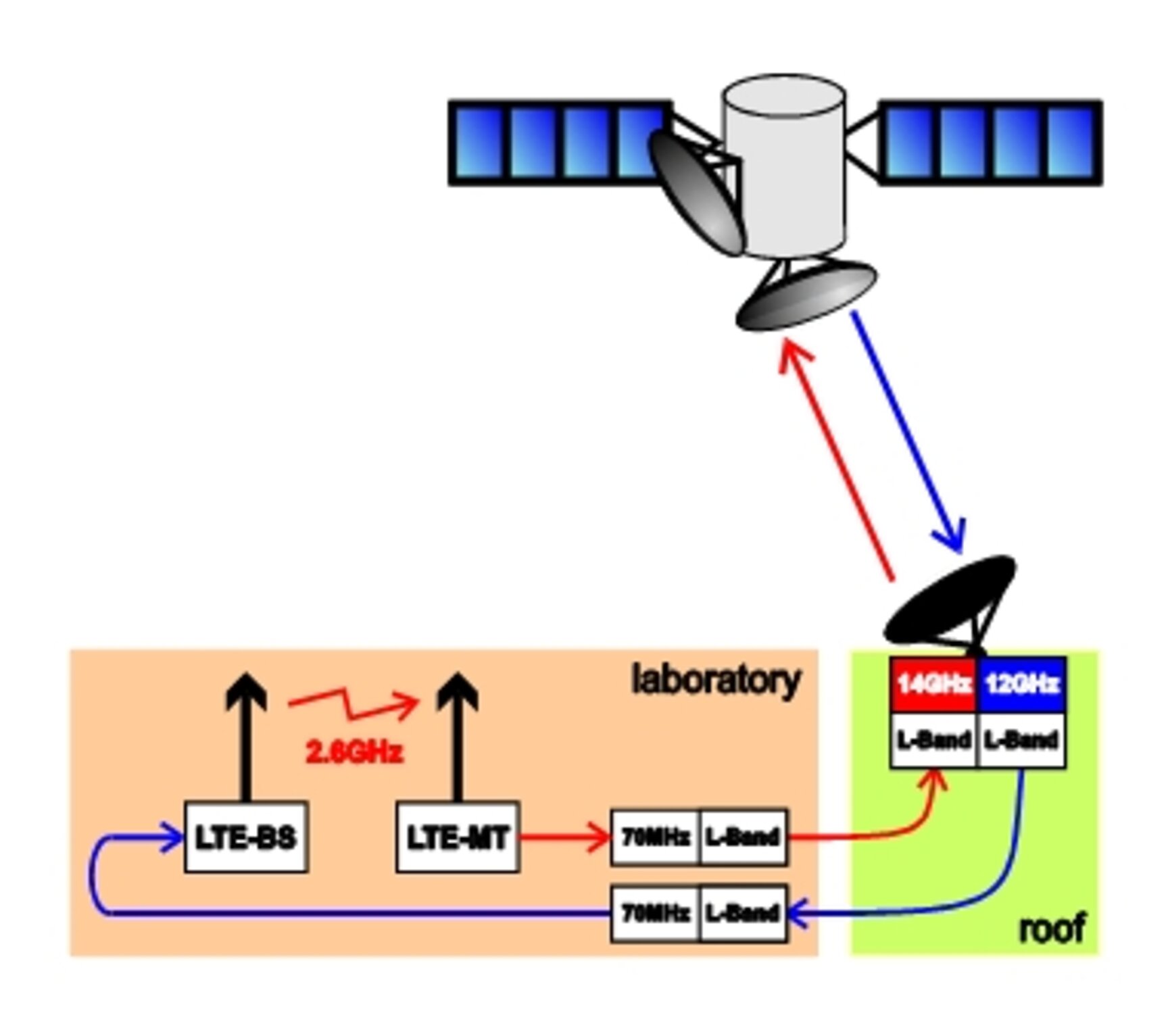
HETAN
Co-funded by: Federal Ministry for Economic Affairs and Energy (BMWi)
Duration: September 2009 - December 2010
Topic: The subject of this project is the broadband bidirectional internet connection via satellite. This type of internet connection has the huge advantage that no communications infrastructure on the ground is necessary and therefore it is applicable from any location of the word provided that the satellite can be "seen" from the user terminal antenna. Current satellite based systems has mostly the drawback that the return link is either still terrestrial realized or that a return link via satellite has a too low capacity or a too small number of access ports.

Hence, the objective of this project is to develop a new broadband and highly flexible return link for a satellite internet connection. However, the new standard for wireless terrestrial communication Long Term Evolution (LTE) has the potential to fulfill these demands, but some parameters have to be adapted. Thereby, two crucial parameters are the carrier frequency which has to be shifted from 2.6 GHz to 30 GHz and the timing advance which is necessary to have the same arrival time for all parts of the LTE-signal either at the base station for the terrestrial or at the satellite for the new application. This leads to the prerequisite that within the service area of a satellite, which may be most of Europe, all users have to be synchronized in frequency, time and power. The control for it should be decentralized to allow cost effective terminals, whereas the hub of the satellite is the central controller. A first test is planned at 12/14 GHz with an LTE-demonstrator connected to a satellite antenna and a satellite as mirror (incl. a shift of the carrier frequency). A qualified LTE-demonstrator is already available in the HHI from the EASY-C project.